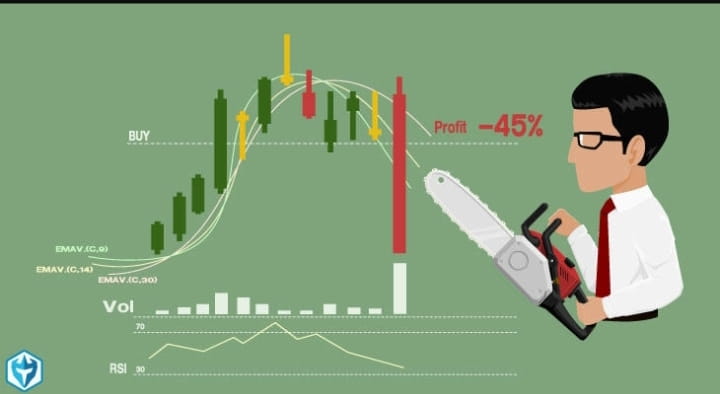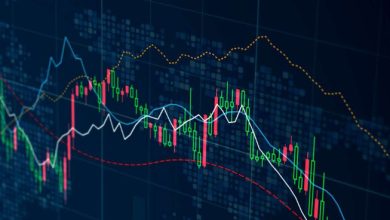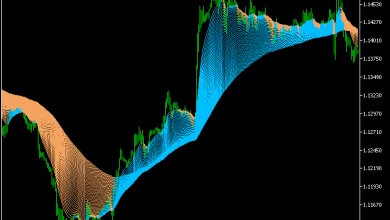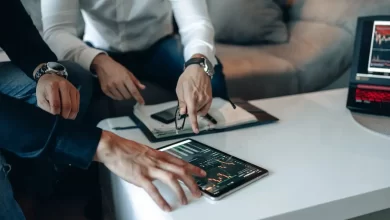Stop Loss Orders: Implementing Automatic Risk Control

In any trading strategy, risk management is by far the most crucial element. The secret to staying in the market for a long time is risk management, even though stock selection is crucial. If everything else is equal, a trader who chooses bad stocks and practices solid risk management will perform better and endure longer than a trader who chooses fantastic stocks and practices terrible risk management. Stop losses play a crucial role in this procedure. Whether you are involved in margin trading or intraday trading, this guide on stop loss shall be useful for most.
Table of Contents
What Is A Stop Loss?
A stop-loss is a forewarned order to sell an asset when it hits a specific price level. It is employed to cap gain or loss in a transaction. By paying a specified amount in brokerage, an investor places this automated order with the broker or agent. The investor orders the broker or agent to sell a security when it hits a predetermined price limit by placing a stop-loss order.
Stop Loss Order Parameters
When putting a stop loss through your broker, a stop loss on a long position (one you bought) is technically a “sell stop market” order. Once the trigger price of the stop order is reached, a market order will accept any buyer it can find to sell your shares to, regardless of price.
The same reasoning holds true for short positions, which involve selling shares first and intending to repurchase them at a discount because you anticipate a decline in share value. A short trader will use a buy-stop market order to close their position. This is their loss-limiter.
Tools For Setting Stop Losses
There are numerous methods that traders can use to determine stop-loss prices. For instance, pivot points can be found on price charts or volatility indicators like the Average True Range (ATR) can be used. Moving averages are also frequently used. However, keep in mind that the market constantly strives to deceive the populace. A stock will frequently fall beneath a clear stop before starting to rise again. There are several methods traders might prepare for this:
By expanding the stop and decreasing the position size, you may provide more buffer.
Await a close that is below a specific level. That may provide greater assurance than a few ticks.
To reduce the likelihood that the price will violate the stop level, use a confluence area as your trading counter. On a chart, a confluence area is when many indicators confluence. A pullback trader, for instance, may watch for a stock to retest a breakout zone and a moving average. The chances are in their favor since they have two points of support, and that the risk is below them.
Also, keep in mind that risk tolerance is affected by time. A swing trader with a weeklong outlook should have far greater risk than a day trader utilizing a one-hour chart as a signal. The secret is to identify a period where prices are not likely to change. If that threshold is achieved, only then should the position be cut.
Stop Loss Limit Order
Instead of a stop market order, a stop limit order may also be placed. Once the stop price is reached, the market order will accept any price to close out the trade. A limit order can only be filled in a specific price range.
Where to Place a Stop Loss
The simplest response is that your plan of action should specify when to exit a trade or where to place your stop loss. You can keep an eye out for consolidations near key locations if you’re using the Cup and Handle method. Place a stop loss on the other side of the consolidation after watching for a breakout (in the anticipated direction) of that consolation.
A stop loss could also be set at the moment at which the trade’s concept is no longer viable. For instance, you should exit a trade if the price falls below the pattern’s bottom if you are trading a bullish candlestick pattern (expect it to continue up). There is no need to continue trading if the price did not increase as you had anticipated. Gambling is continuing in a deal after your concept failed. You’re just hoping it increases right now.
A technical indicator like the MACD is no different. When you receive a purchase signal, locate the chart point at which you may remark, “Nope, that didn’t work.” Your exit is there. Determine in advance where you will learn that your trading concept is unsuccessful if it goes against you.
Conclusion
Stop-loss orders are useful risk management tools that can support traders in maintaining consistency in the face of market volatility while protecting their money. Traders can effectively include stop-loss orders into their trading strategies by being aware of the various types of orders, as well as their benefits and drawbacks. It is essential to choose the proper stop-loss levels based on the state of the market, and you should constantly keep in mind that stop-loss orders are not failsafe and cannot ensure profits or stop all losses. Stop loss feature is available on any major online trading app like blinkX. So, you can trade more aggressively without much hesitation.




